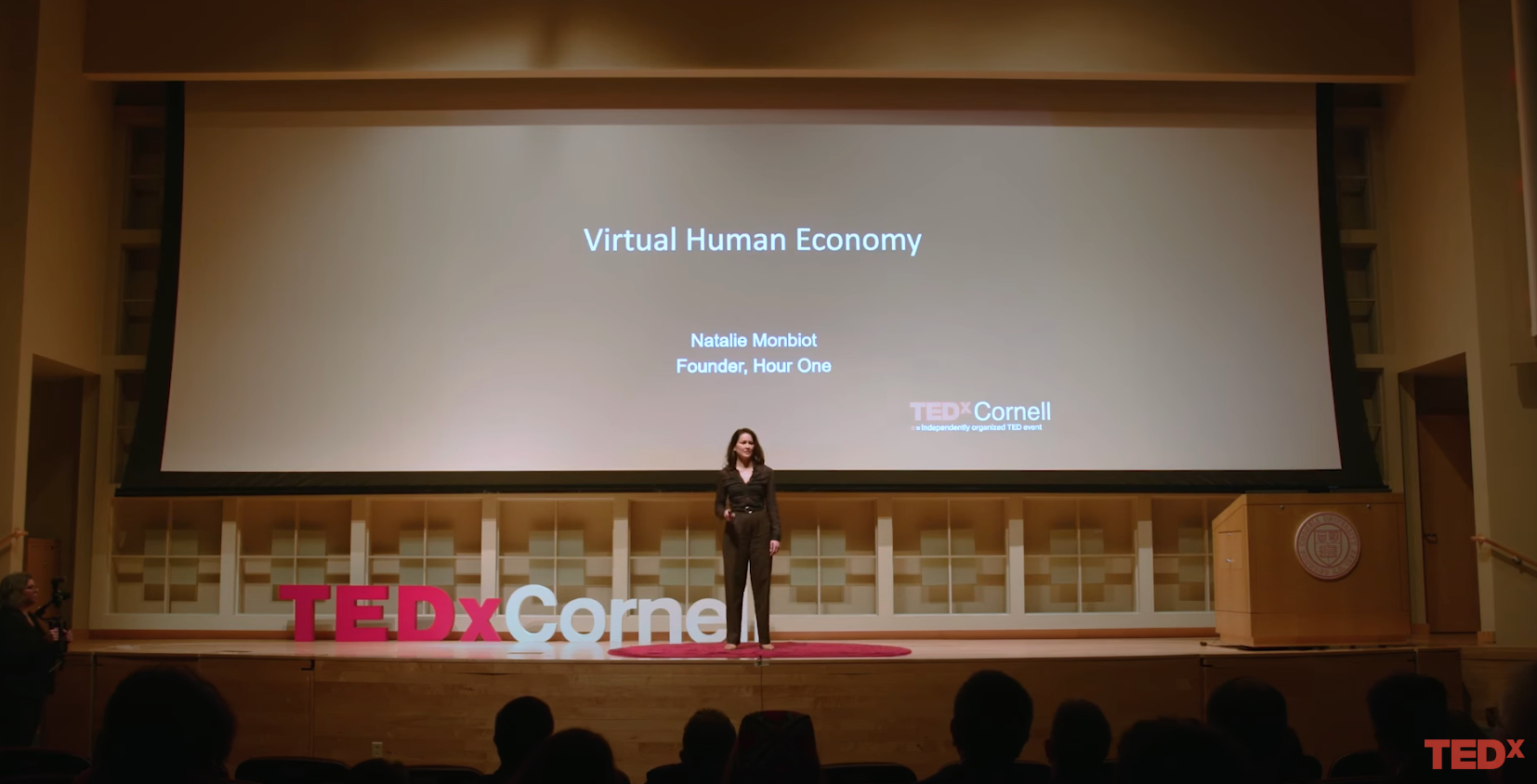What is employee sensitivity training, and why is it so important?
At its core, employee sensitivity training is about the golden rule: treating others with the same respect and dignity we would want for ourselves. However, in a melting-pot workplace where not everyone shares the same personal identities or cultural backgrounds, it’s not always appropriate to assume that everyone shares the same understanding of what that should entail.
One of the most obvious examples is one’s sense of humor. Some people bond over sarcastic put-downs, while others might find them hurtful and offensive. The point isn’t who’s right or wrong—what matters is ensuring everyone has the tools to communicate effectively and respectfully with each other.

Effective sensitivity training teaches students how to handle different types of people and builds up their emotional intelligence. It shows them how to avoid inadvertently offending people who may not have had similar life experiences as them.
Sensitivity training helps your employees work together more cohesively and strengthens interpersonal dynamics among team members. It also reduces incidences of harassment, discrimination, and conflict.
What are the benefits of employee sensitivity training?
While most people would agree that treating your peers and customers well is a worthy goal, there are tangible benefits to employee sensitivity training:
1. It makes your organization a more desirable place to work.
Superstar employees can come from any age, ethnicity, nationality, gender, or religion. When employees know they can bring their whole selves to work without worrying about prejudicial treatment, they can focus on putting all of their skills to work for the organization’s good. Sensitivity training can help you recruit and retain top-tier talent.
2. It lowers your risk of reputational damage and legal liabilities.
Discriminatory behavior, when found out, can quickly turn public sentiment against an organization. It can also lead to serious legal consequences in some cases. Sensitivity training lowers the chances of these adverse events occurring. It empowers employees to speak up when they see problems of this nature that need to be rectified.

3. It improves communication and teamwork.
Sensitivity training can help employees communicate with each other more effectively despite their differences, leading to better relationships and fewer disputes that need to be dealt with by management or HR.
As always, the bottom line of the balance sheet gets the last word in business decisions: companies that commit to cultural diversity at the executive level are 33% more likely to achieve above-average profitability than other businesses in their industry. Who says it doesn’t pay to do the right thing?
Why Your Employee Sensitivity Training Should Use Video
There are many ways to deliver employee training, but video is proven to be the most effective medium for engaging learners and helping them retain knowledge. Workers of all backgrounds are familiar with video, prefer it to reading or lectures, and appreciate the ability to view it at their own pace on their preferred devices. According to a survey of educators, 83% believe that video learning leads to greater student achievement, and 91% say it boosts student satisfaction.

Using video to deliver important educational content like sensitivity training ensures that your employees can absorb all the material. It allows them to take it to heart, then remember and act upon it when faced with unfamiliar or challenging interactions.
Creating a training video that’s effective and engaging doesn’t even require a lot of effort, time, and budget—here’s how to do it.
How to Effortlessly Create an Employee Sensitivity Training Video
Creating educational video content can seem daunting when you’ve never done it before. But with the right tools and resources, any organization can create compelling, watchable videos that accessibly and memorably deliver critical information. Here are step-by-step instructions for creating employee sensitivity training videos with ease:
1. Determine Your Format
Video is a medium, not a genre. There are many educational videos, and the type you choose will have significant implications for every step of the production process. Common video formats include animation, screen sharing, and presenter-led. Animation is suitable for delivering information casually. Screen-sharing videos are great for showing how to use software tools. For serious topics involving nuanced human interactions, presenter-led videos are often the best choice, and can be made in live-action or digital-only formats.
2. Make a Plan with the Help of Reliable Sources
When developing employee sensitivity training, it’s imperative to look at outside sources from various perspectives to ensure that you’re doing justice to the subject matter. Although teaching respect and sensitivity may seem like a matter of common sense, it’s best to seek professional advice from experts of diverse backgrounds, whether written sources or personal consultation. Use these sources to create goals and a detailed lesson plan for the training, and be sure that it fits your organization’s needs.
3. Create a Script
Now that you have a training plan, it’s time to create a script for your video. Your script’s format will vary based on the type of video you’re creating and the tools you’re using to make it. One key tip is to keep the script as short as possible, because viewers prefer shorter videos. There are many free templates available for creating training video scripts. But if you are new to scriptwriting, the process can be challenging. Fortunately, AI video generators like Hour One automatically create a complete script from any text file containing the necessary informational elements. Simply input the document, and you’re ready to go.
4. Assemble Your Resources

With your script in hand, it’s time to gather all the resources you’ll need to make your training video come together. This might mean storyboards, shooting locations, cameras, lighting, props, and a crew for an elaborate live-action production. Alternatively, you can create a video using only software, which can be a considerable cost and time saver. Using a feature-laden AI video generator puts the power of a film studio and crew onto your desktop at a fraction of the price.
5. Pick the Right Presenter
Assuming you’ve chosen a presenter-led video, you’ll need to decide who will present it. Your options are hiring on-screen talent or choosing a presenter from your organization. Or, you could use a virtual AI presenter. Not only are AI presenters much more affordable, but you can choose from a variety of different types and personalities. They can help make your videos more diverse, inclusive, and even multi-lingual. Having these options can be an important consideration in the context of a sensitivity training video.

6. Record or Generate Your Video
Once all of your preparations are complete, it’s time to set up and start filming. It’s the most critical part of the process and can be the most costly if you’ve chosen a live-action presenter-led format. On the other hand, using an AI video generator makes this the most effortless part. With the content, presenter, and other format choices in place, all that’s required is clicking a button. The AI-powered software will take it from there, producing a professional-quality video at near-instant speed. The best part is how easy it is to edit or scale your training video creations quickly and affordably.
Deliver Effortless Employee Sensitivity Training with AI
Employee sensitivity training has become an essential part of the modern workplace, and offers many benefits for workers and their organizations. Companies often resist making educational content such as sensitivity training videos because of how much labor and expense is involved in making videos the traditional way. However, that’s not the only way to do it.
AI video generators can now produce video content almost immediately, at scale, with as many variations and alternate versions as you need. The software provides high-quality, photorealistic virtual presenters that are accessible to businesses of any size or budget. If you want to create an effective employee sensitivity training video effortlessly, Hour One is the perfect solution. Create your first training video for free today.
Employee sensitivity training is essential for businesses to maintain a positive reputation, encourage teamwork, and avoid legal liability. To create employee sensitivity training videos effortlessly, follow these steps: 1. Determine your format. 2. Make a plan with reliable sources. 3. Create a script. 4. Assemble your resources. 5. Pick the right presenter. 6. Create or generate your video. AI video generators like Hour One can automate many steps, making it effortless to create high-quality training videos.








